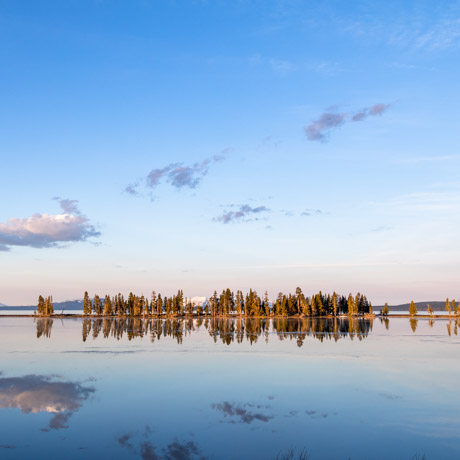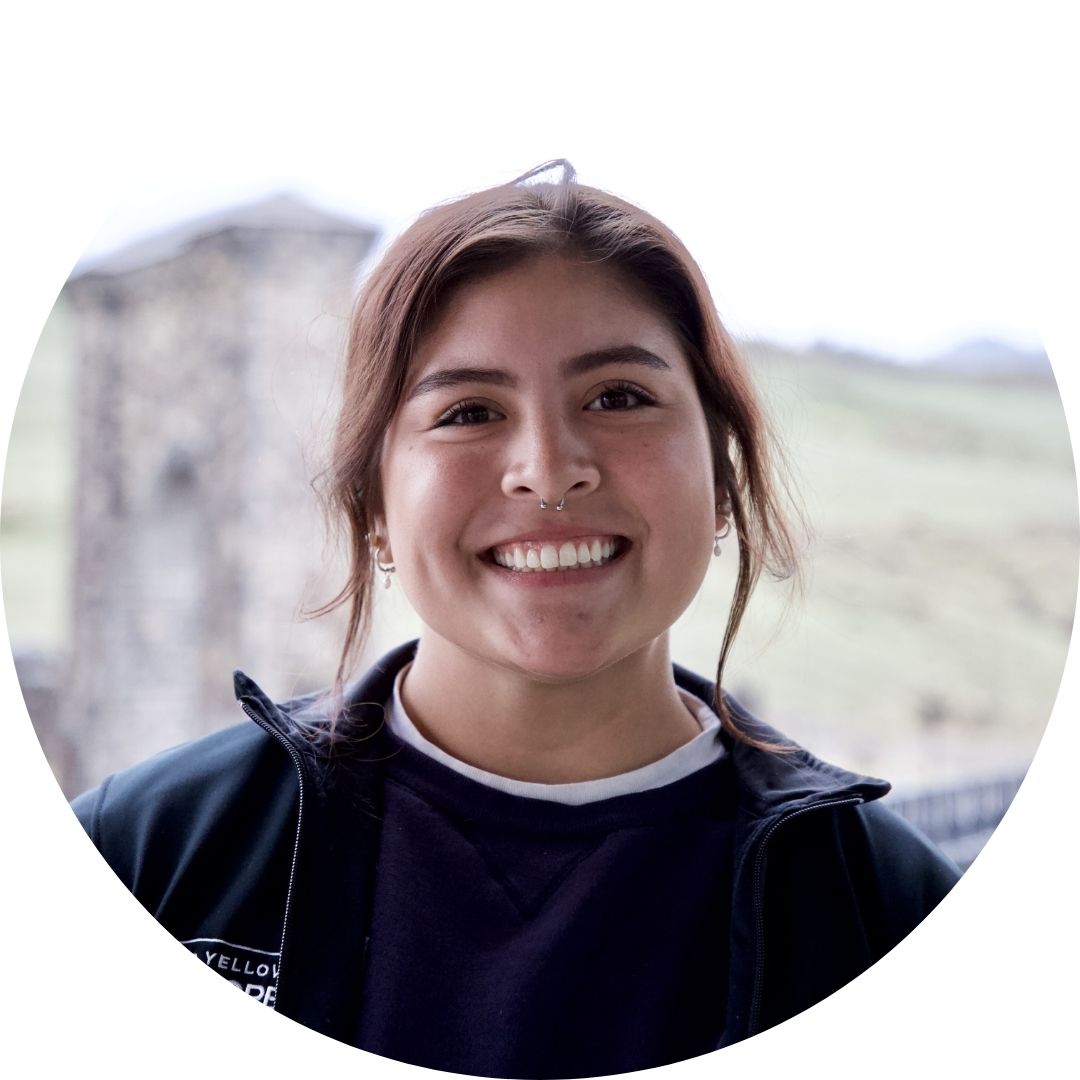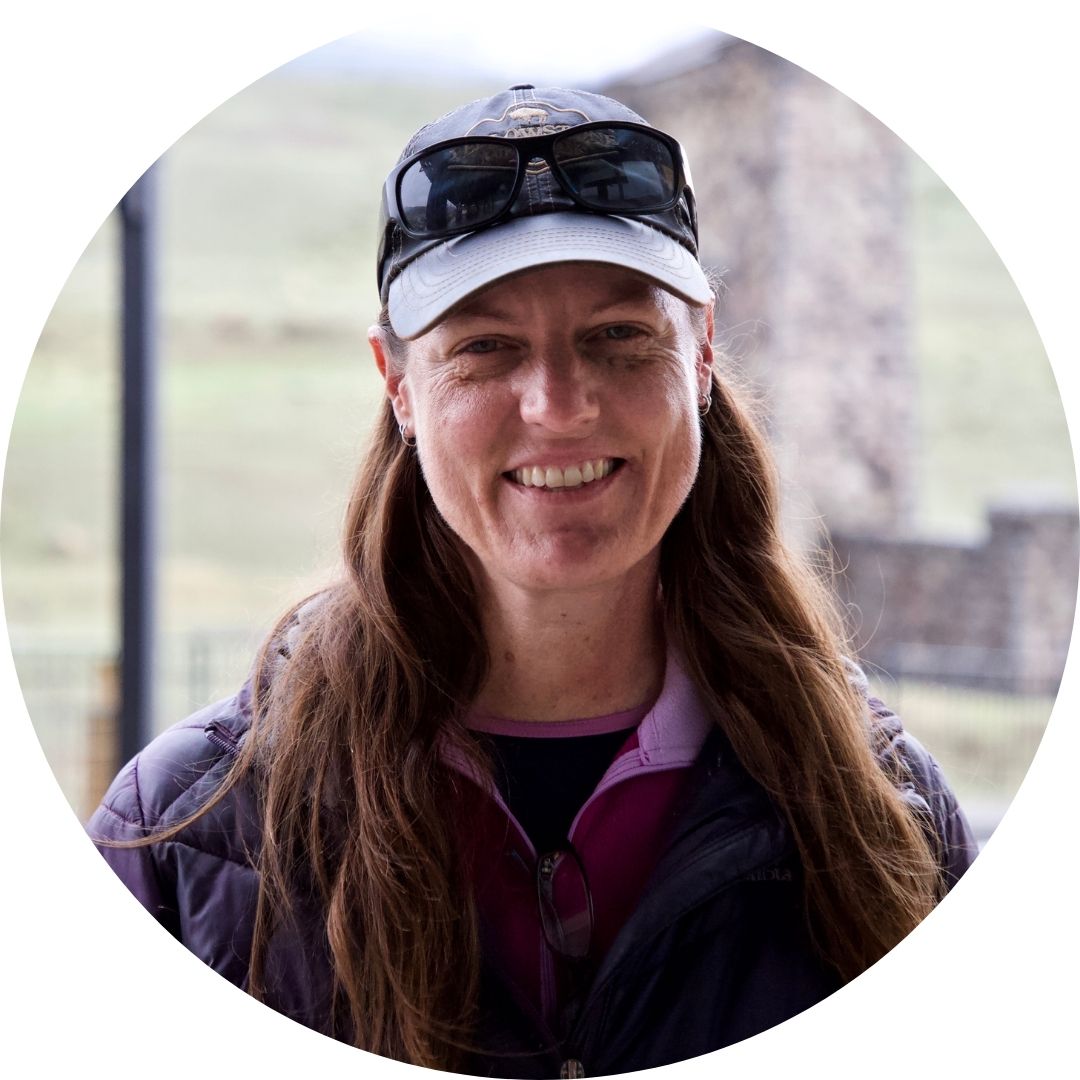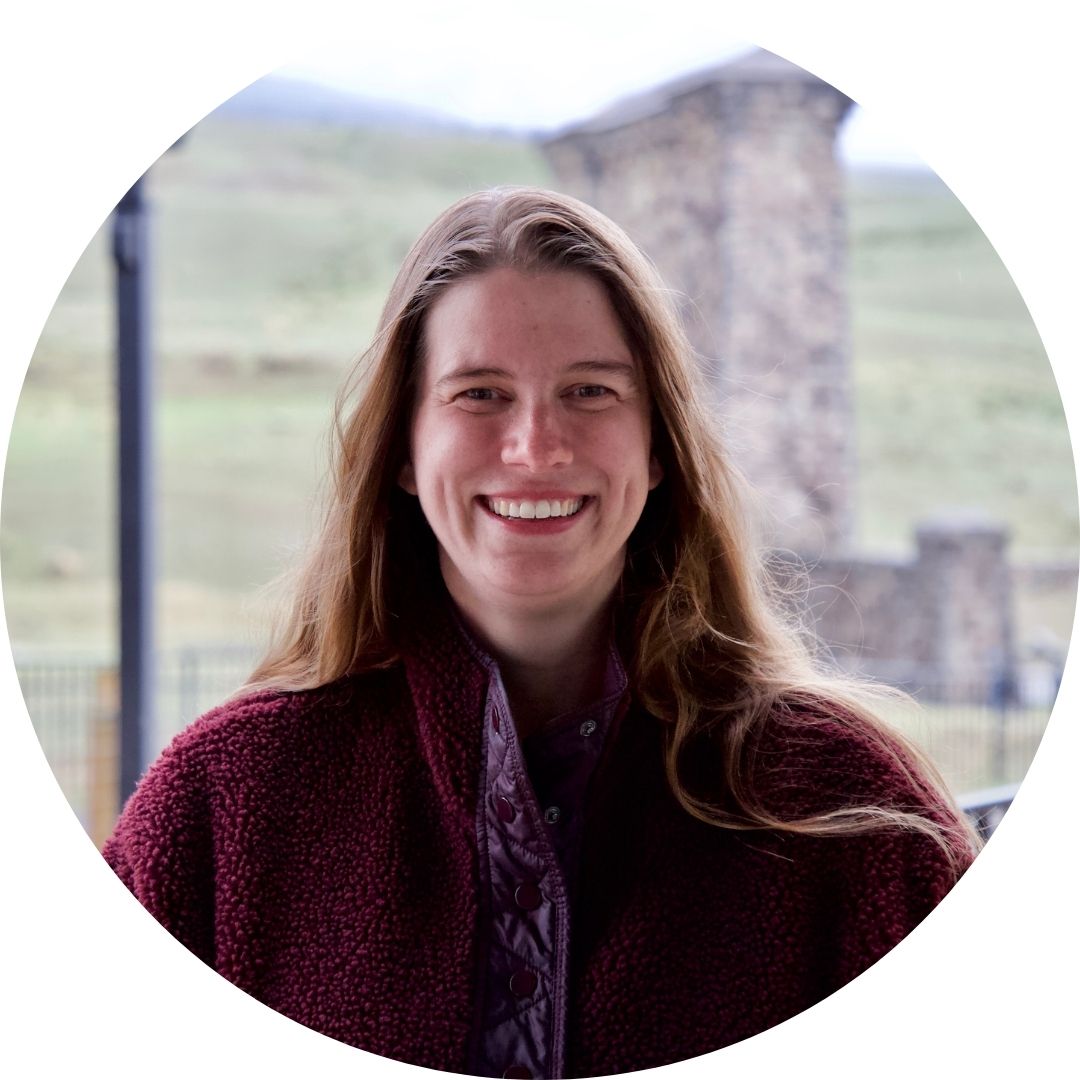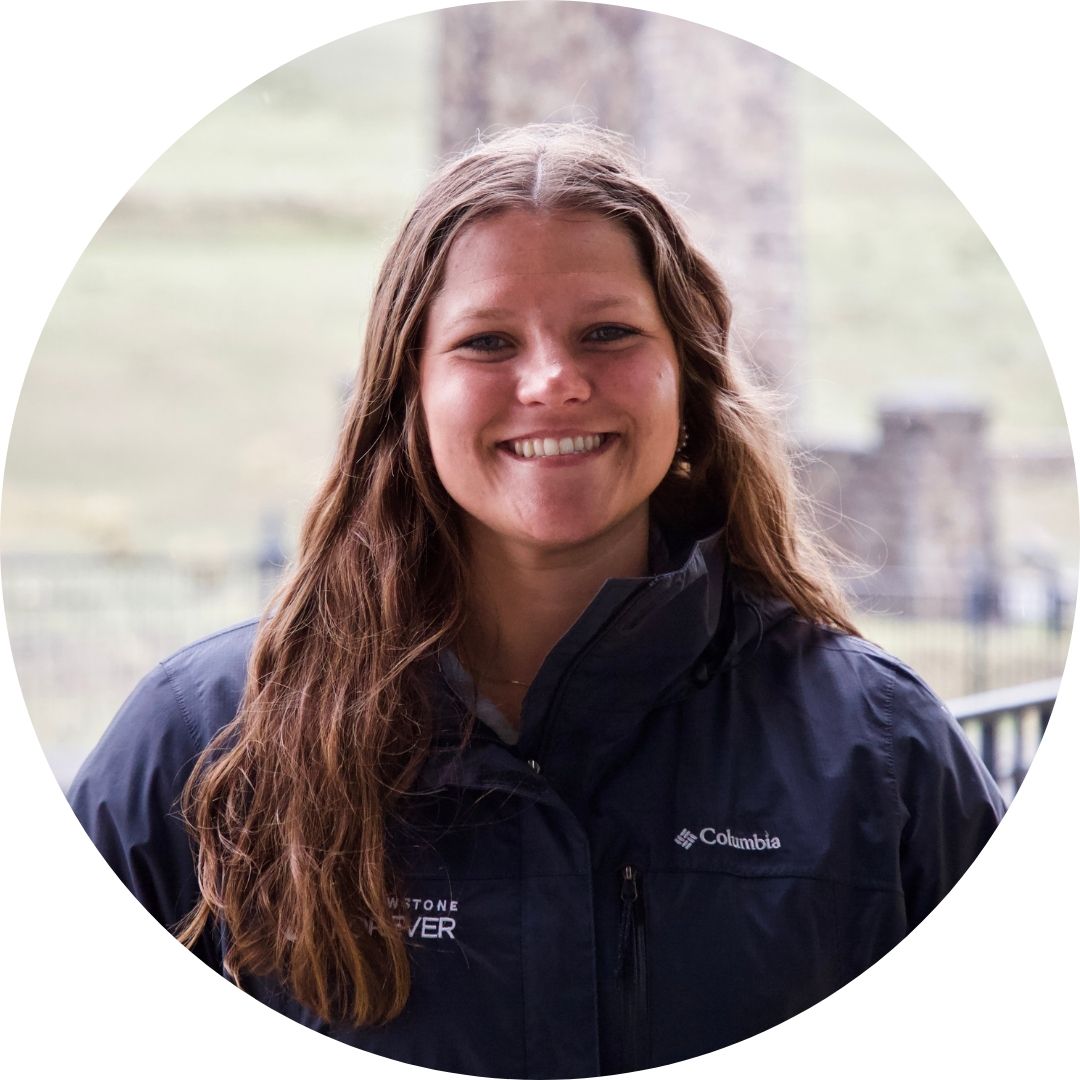Summertime Abundance: Yellowstone as Spiritual Inspiration
July 18 - 21
Lamar Buffalo Ranch
No
Barbara Coeyman, Ph.D., Sam Archibald, M.E.M.
18+
Field Seminars
Humans have long found spiritual inspiration through Nature. John Muir explained Nature as “places to play in and pray in, places to heal and give strength to your body and soul.” Indeed, your connections with Nature’s abundant life forms and geography deepen your reflection on the interconnectedness of all life. Nature’s abundance is evident everywhere in Yellowstone. In this class, based on a program called “Geography of Grace” developed by the Center for Courage and Renewal, you will draw on Yellowstone’s summertime abundance as jumping-off points for spiritual deepening. Through classroom conversations called “Circles of Trust,” you will engage in stories, poetry, visual arts, music, and more to explore your own spiritual connections with Nature. Then, expanding “Geography of Grace’s” usual second-hand relationship in talking about Nature, you will enjoy first-hand connections with inspirational locations in the Park: thermals, lakes and waterfalls, wildlife and plants, geology and vistas, and much more. In your excursions on location, you will be invited to continue your classroom exploration of Nature as a spiritual expression. Visits to locations in the Park will be both roadside and through easy to moderate walks on trails.
About the Instructor
Rev. Dr. Barbara Coeyman is an ordained minister in the Unitarian Universalist Association, a liberal religion which, inspired by Unitarian naturalists such as Emerson and Thoreau, has long considered Nature an important spiritual source. As a credentialed facilitator with the Center for Courage and Renewal, founded on the writings of Parker Palmer, she incorporates the natural world into her ministry and will offer new overlays of spiritual experiences to the locations in Yellowstone included in this class. Yellowstone Park is one of her most visceral sources of spiritual renewal.
Sam Archibald is a Lead Field Educator for Yellowstone Forever. After completing his B.A. in history, Sam served with the US Peace Corps, working with an Ecuadorian nonprofit organization to develop outdoor leadership and environmental education programs for youth. Sam has continued to focus on outdoor education, joining the National Park Service as a Crew Leader for the Yellowstone Youth Conservation Corps and earning his master’s degree in Environmental Management. Sam is grateful for every day he gets to spend out in the Greater Yellowstone Ecosystem and looks forward to the continual discoveries offered by this wild and wonderful landscape.
Download Program Information:
Summertime Abundance: Yellowstone as Spiritual Inspiration Course Letter
